The Siviero House in Florence has been closed for some time for some major restoration work that will keep its doors barred until next spring. It must be said, however, that it is a museum that has no desire to sit still, and for the past few months it has begun to rotate its collections. Meanwhile, this summer there was the presentation at the Horne Museum of the recovery of the painted cross, a sumptuous 14th-century panel by the Bolognese Lippo di Dalmasio, which Rodolfo Siviero had purchased for his collection: the Region of Tuscany bought at auction last year the two boards that had been detached from the cross roughly a hundred years ago, reunited them with the crucifix, restored the whole, and presented the rediscovered cross in the halls of the Florentine museum, where it will remain until at least late fall. And for the occasion, the work has been renamed the “Siviero Cross.” Before that, however, Casa Siviero brought some pieces of its collection to that strip of Tuscany where Siviero was born and where he spent his childhood: some pieces are now at the Marchionneschi Theater in Guardistallo, a stone’s throw from the birthplace of the official who would later go down in history for bringing back stacks of paintings and sculptures that the Nazis had taken from Italy during World War II, and others are instead at the Comune Vecchio in Bibbona, not even a ten-minute drive from Guardistallo. The two venues make up, until October 25, a single exhibition that bears from its title the most icastic, dry synthesis of its contents(The Life of Rodolfo Siviero, between the Renaissance and De Chirico), and which is due to the’tireless work of the conservator of Casa Siviero, Gabriele Mazzi, and the Department of Culture of the Region of Tuscany directed by Elena Pianea, who is credited with having worked in concert with the mayors of the two municipalities (two different provinces, moreover, with all the bureaucratic obstacles involved) to bring a nucleus of the museum’s collections to Maremma soil.
The result is an exhibition that provides those who visit it with a valuable, nonchalant introduction to a figure surrounded by fog, to a figure little known even to those familiar with the events of the art of the last century, and who was nevertheless instrumental in the return to Italy of what the Nazis had tried to steal. Who, meanwhile, was Rodolfo Siviero? To this question, the exhibition, in both sections, answers by beginning with a long biography, which can be summarized here in brief: the son of a Venetian, Giovanni Siviero, a carabinieri marshal who in 1911, the year of Rodolfo’s birth, commanded the Guardistallo station, and of a Sienese woman, Caterina Bulgarini, whose surname betrays probable aristocratic origins (the medals with the profile of his parents, which Rodolfo commissioned to Mario Moschi on the fiftieth anniversary of their marriage, are on display at the Marchionneschi Theater), distinguished himself from a very young age as a brilliant student, who cultivated artistic and literary passions and even had ambitions as a poet (at the age of twenty-five, in 1936, he published with Le Monnier a collection, La selva oscura, of which a rare copy is on display in the exhibition: he was convinced that it was a fundamental work for the fate of Italian poetry of the time; the poor success with the public and critics would prove him the opposite). By 1937 we know him to be an informer for the Foreign Ministry, sent to Germany undercover, and then expelled the following year. Gradually distancing himself from Fascism, he would later lend his experience as an informant to Anglo-Americanintelligence in Florence, and after September 8 he would actively participate in the war of liberation: his task was to monitor the operations of the Kunstschutz, the German military corps officially charged with protecting cultural property, in fact the unit that subjected occupied territories to systematic looting. At the end of the war, by virtue of his contacts and experience, he was entrusted by the government with the task of returning to Italy the works that had crossed the Alps, according to the principle that not only should the works stolen during the war return, but also those that Italy had illegally sent to Germany before the conflict under pressure from the Nazi hierarchs. It was an activity that would continue even after Siviero’s retirement (he spent the last years of his existence as president of the Accademia delle Arti del Disegno in Florence, a role he filled with passion and a reforming spirit), until 1989, and then for some time in 1995-1996.
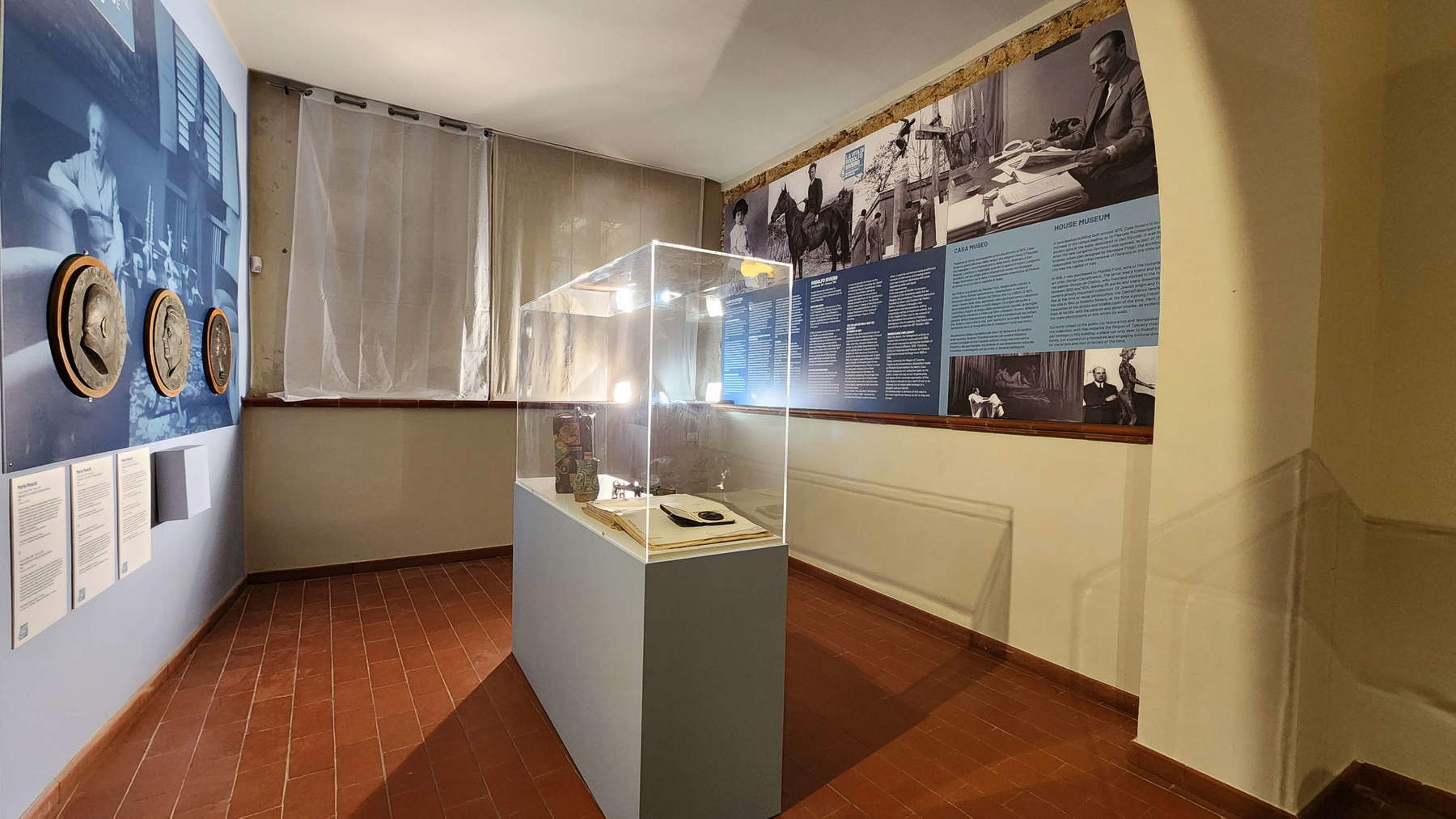
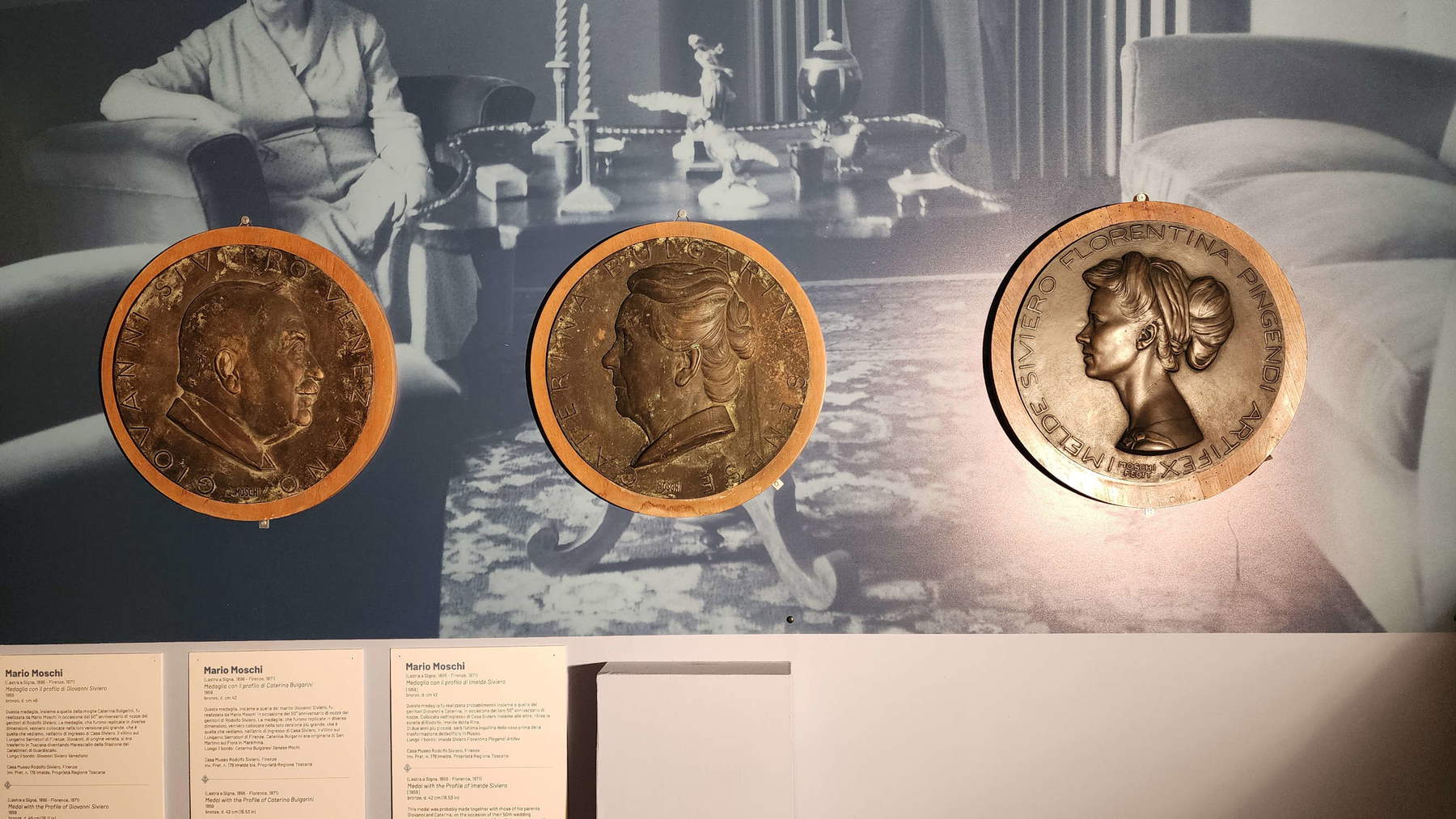
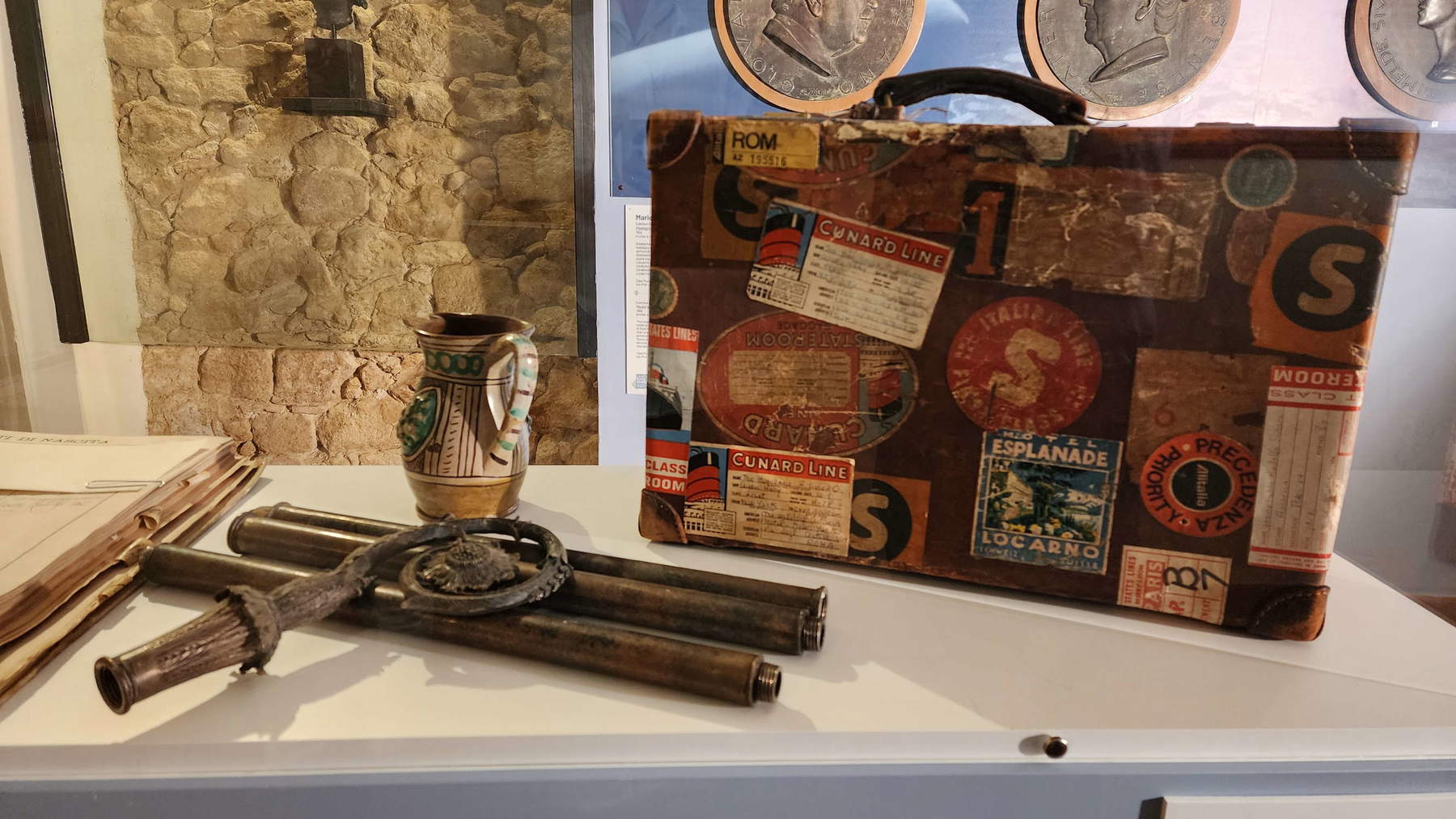
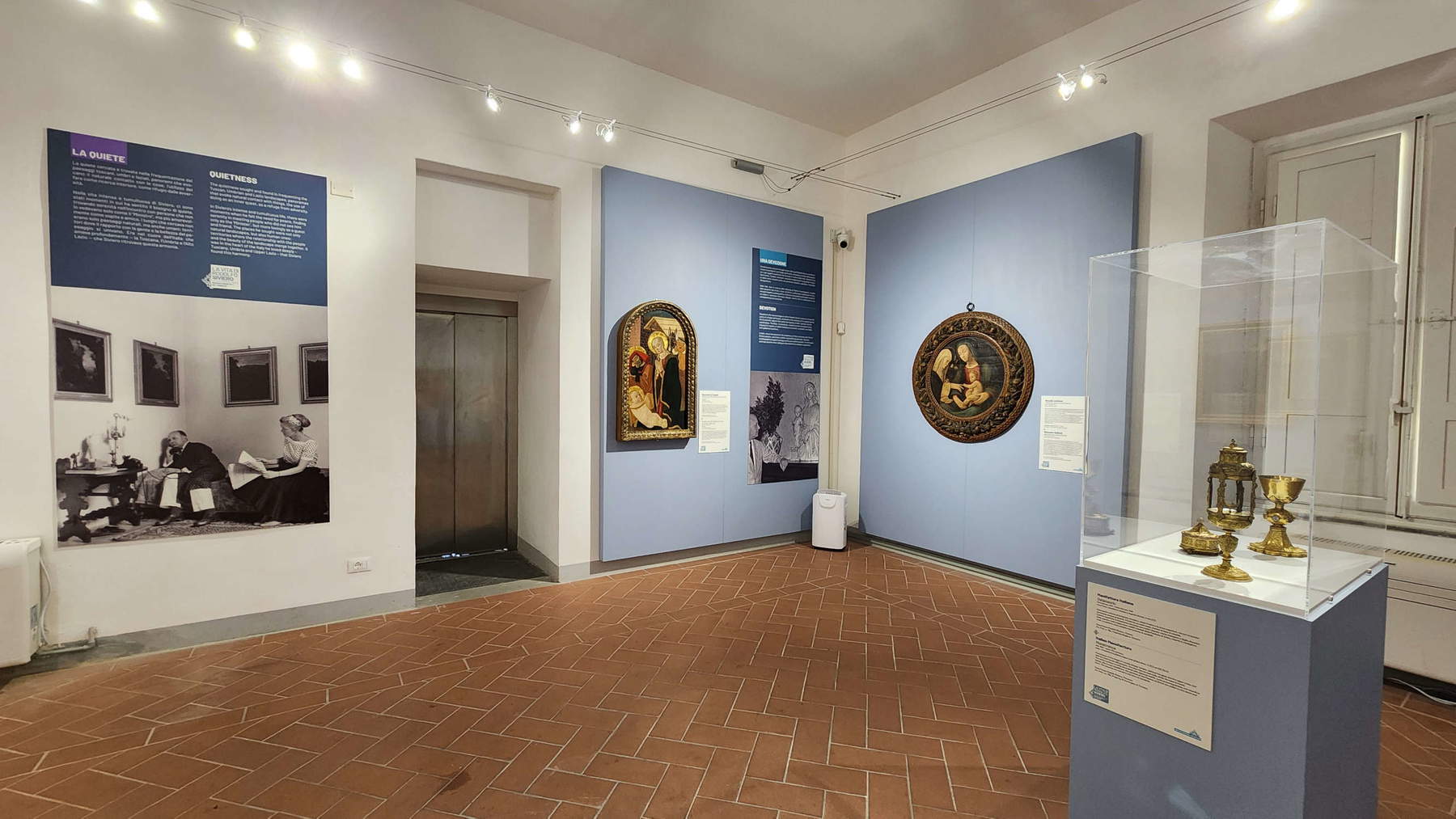
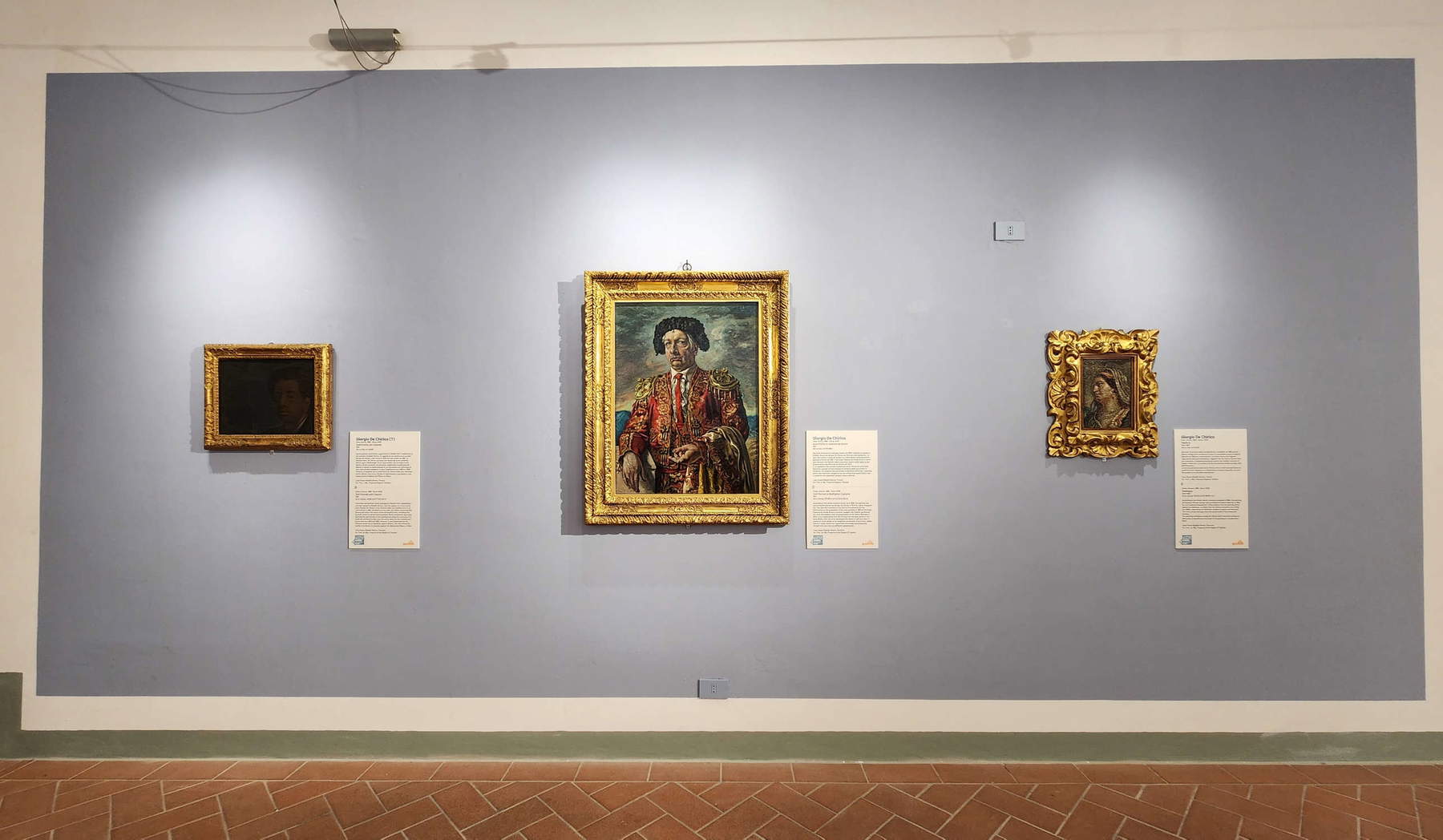
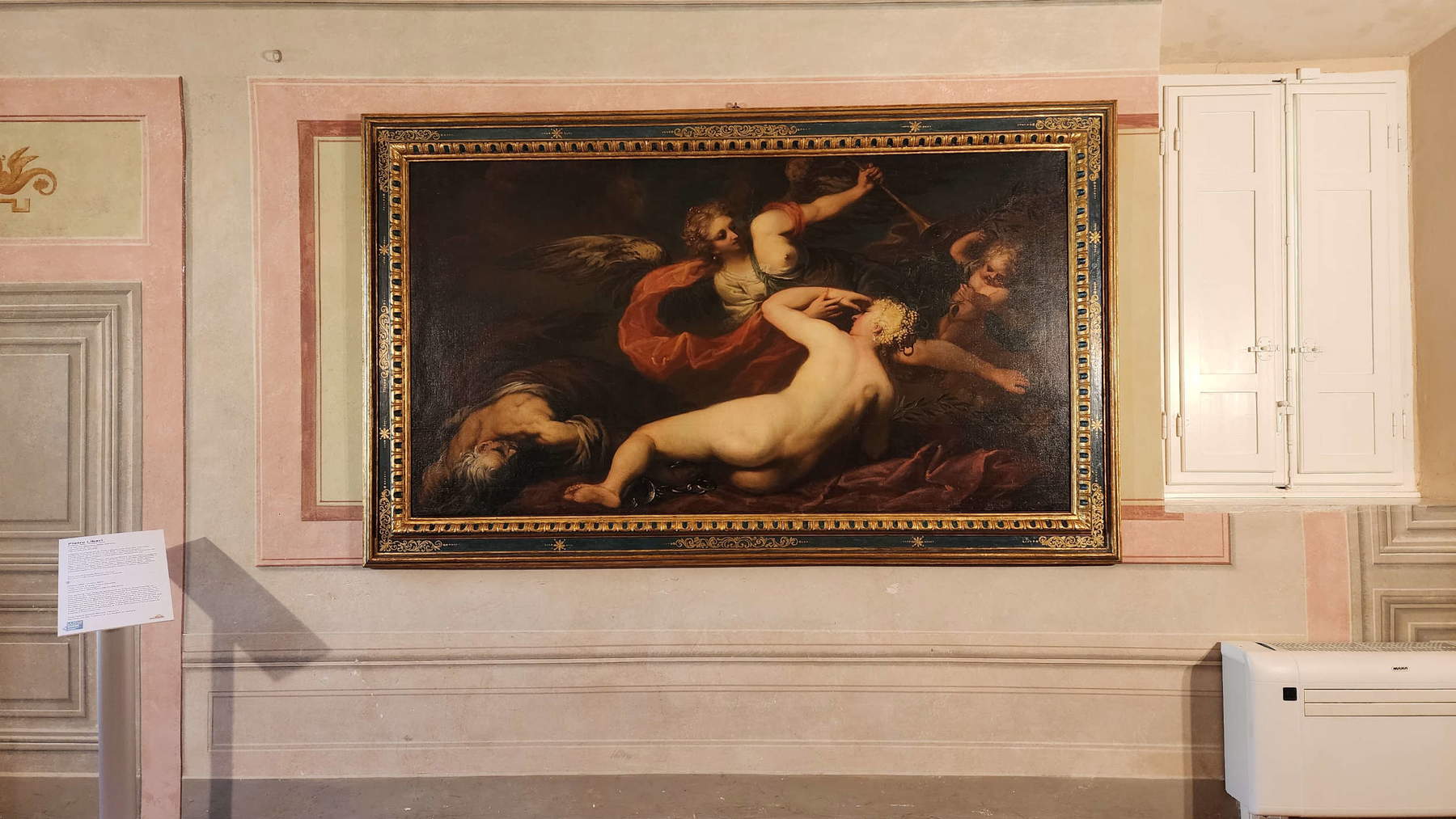
Casa Siviero represents to date the most concrete legacy of the work of this Italian monument man , as it is now customary to call him (excluding, of course, the works we can see in museums throughout Italy thanks to him): the building that was his center of operations and his home is now owned by the Region of Tuscany thanks to his bequest. “Not only an act of generosity,” explain the panels on display, “above all the concrete expression of the idea that art should not be a spoils of war to be claimed, but an inalienable heritage of the cultural identity of a people.” At the Guardistallo Theater, some biographical suggestions: the aforementioned parental medals, the one commemorating the Lancellotti Disk which is perhaps the most famous of Rodolfo Siviero’s favorite restitutions along with Titian’s Danae , and then the register of theregistry with his date of birth, the portrait that Quinto Martini made of him, and a curious relic which is the diplomatic suitcase, branded Franzi, that accompanied Siviero on his many journeys in search of the works that the Nazis had taken out of Italy. In Bibbona, on the other hand, there are works from the Siviero collection, a rather substantial corpus to offer the public the second part of the answer as to who Siviero was, to bring out of the mist this singular character about whom perhaps the public still knows little. And it will be worth noting, incidentally, that the Old Town of Bibbona returns for the third year in a row to host, in its beautiful, restful halls, an exhibition of solid quality, as it had been last year for the one on the Etruscans and the year before that for the one with the paintings of the Macchiaioli lent by the Modern Art Gallery of Palazzo Pitti for the Uffizi Diffusi: truly admirable the commitment of the Municipality of Bibbona and the model it offers to anyone who wants to follow suit.
What, then, does the nucleus of paintings chosen for the exhibition say about Siviero? The selection appears to be invested with a dual function: first, to offer a summary of Rodolfo Siviero’s collecting passions, which to like him should be defined as “eclectic.” There is a bit of everything in his collection. The exhibition starts with a Self-Portrait in Costume of a Bullfighter by Giorgio de Chirico, which attests to the confidence the official had with the painter: Siviero bought the painting in 1940, for the sum of 80 thousand liras (70 thousand euros today, the figure is justified by the fact that the painting is considered a masterpiece), directly from the artist, with whom he had a certain familiarity, not least because during the war he had saved, in a daring way, by having them seized with a stratagem, the paintings that were in his house and were in danger of ending up in Germany. De Chirico is also a synthesis of what Siviero thought about contemporary arts: refractory to any abstractionism, convinced that the avant-garde of his time was only “intellectual confusion” and “noise” destined to pass “by natural inconsistency,” and that the only plausible form of contemporary art was figurative art, that which was capable of allowing the artist to express his own mimetic talent. There is also another self-portrait, traditionally attributed to De Chirico, although never recognized as an autograph by the artist (there is the suspicion that the painter rejected it in reaction to some disagreements with Siviero related to a lawsuit against his gallery, but more recent studies have confirmed that it should indeed be another hand), and yet useful for reconstructing Siviero’s relationships, since it previously belonged to Maltide Forti and Giorgio Castelfranco, a pair of Jewish friends who were helped by the official during the war and who in 1944 sold him what’is now Casa Siviero (and when the Castelfrancos lived there, moreover, for a few years it also housed De Chirico, who had always been a protégé of theirs ).
And then there are the landscapes by Jan van Bloemen that Siviero had purchased in Rome, which together with the canvases by Ugo Pignotti reveal the collector’s inclination for landscape painting (and, in particular, for the landscapes that were familiar to him), there are liturgical objects (thuribles, pyxes, monstrances) that speak to us, instead, of a devout man, in search of a faith made in his own way: one almost gets the impression of a believer driven by the need to have something in front of his eyes, the need to touch the implements of his devotion, yet at the same time animated by a simple, pure, almost peasant spirituality, linked to a few recurring symbols. The presence of sacred-themed paintings in the collection is probably to be read both as a reflection of Siviero’s devotion and as concrete evidence of his passion for Renaissance art. Here, then, is a Mystic Marriage of St. Catherine that Siviero bought in 1944 for 40,000 lire (just over 3,000 euros today), and a far more interesting Nativity believed to be by Jacopo del Sellaio in Siviero’sSiviero’s time, but later more correctly referred to the so-called Johnson Master of the Nativity, an anonymous in whom the Florentine Domenico di Zanobi, a pupil of Filippo Lippi, was later recognized.
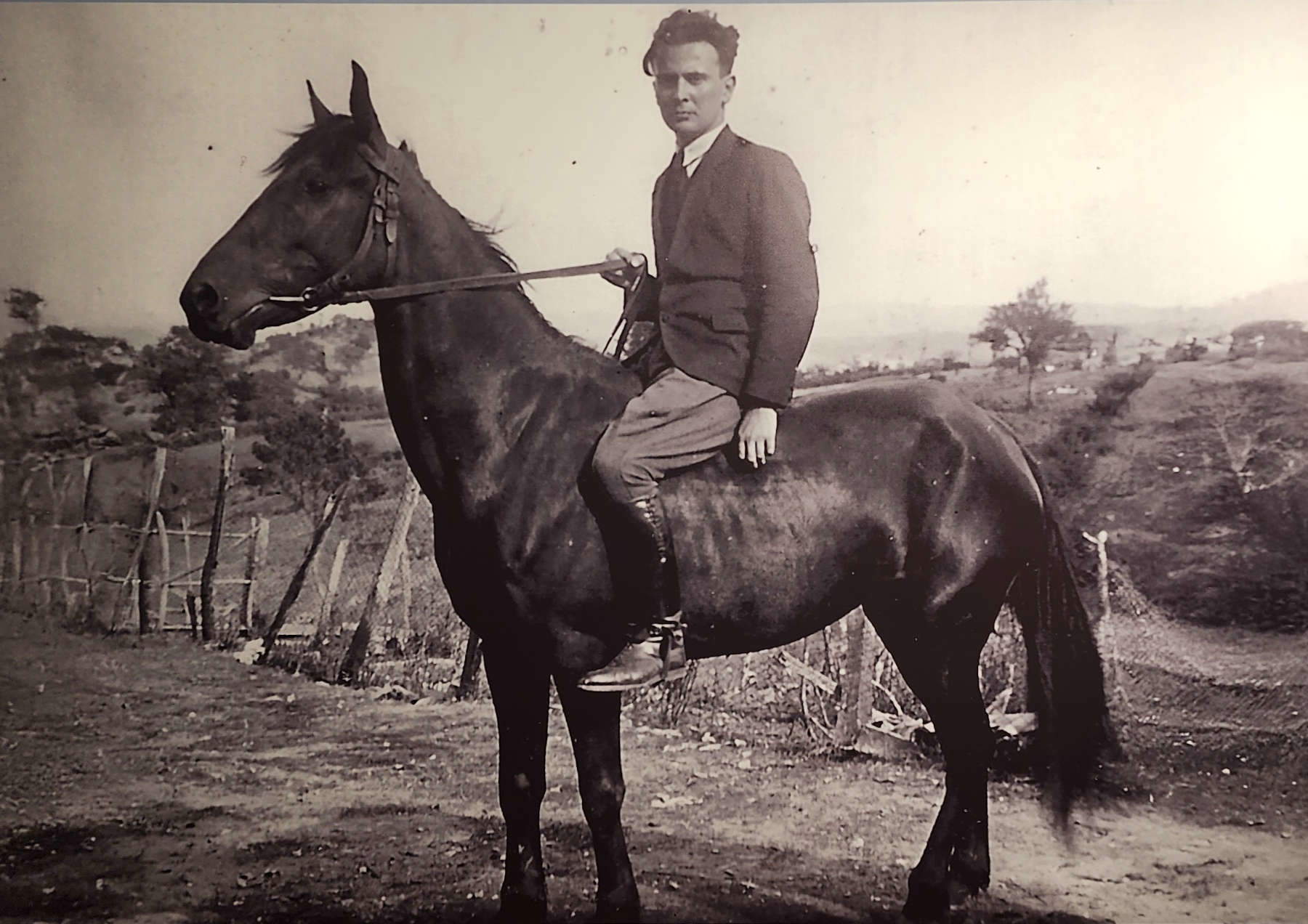
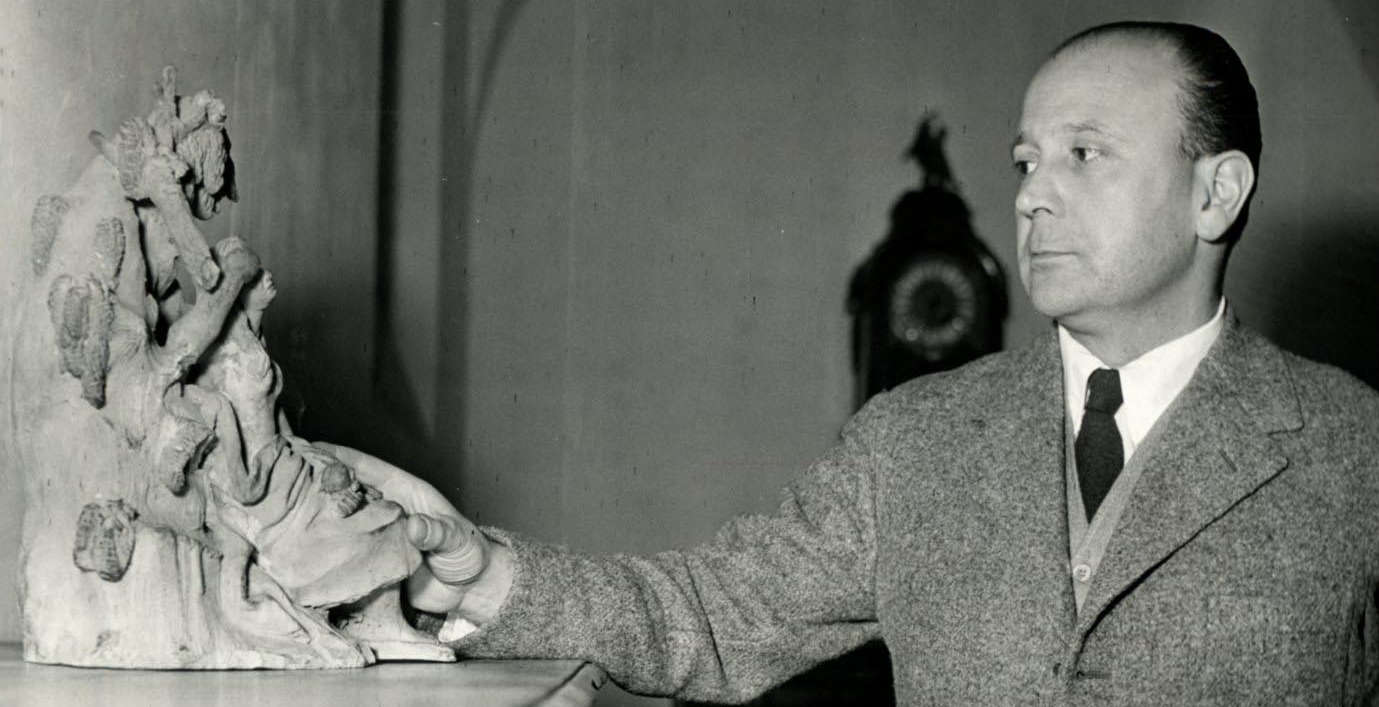
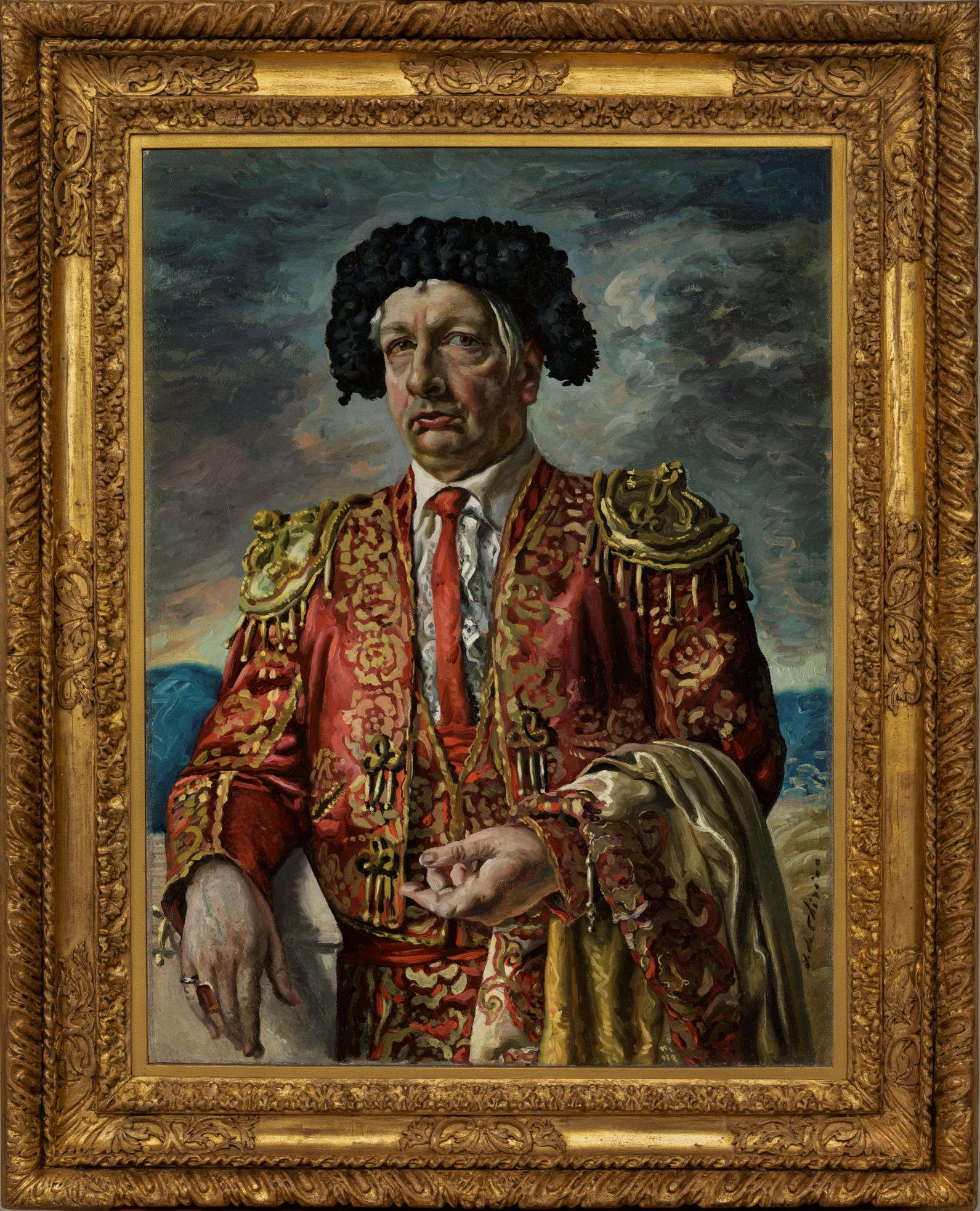
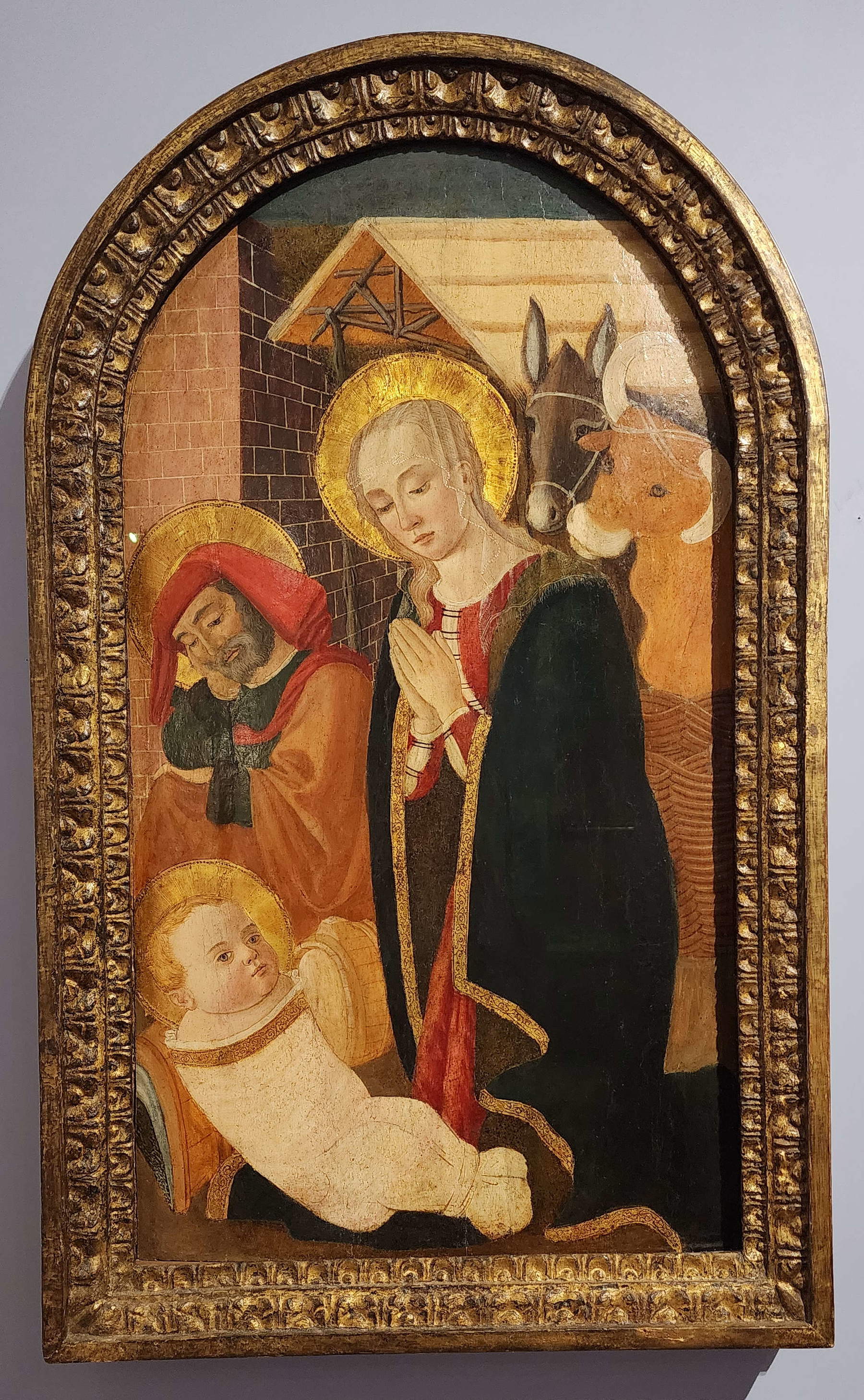
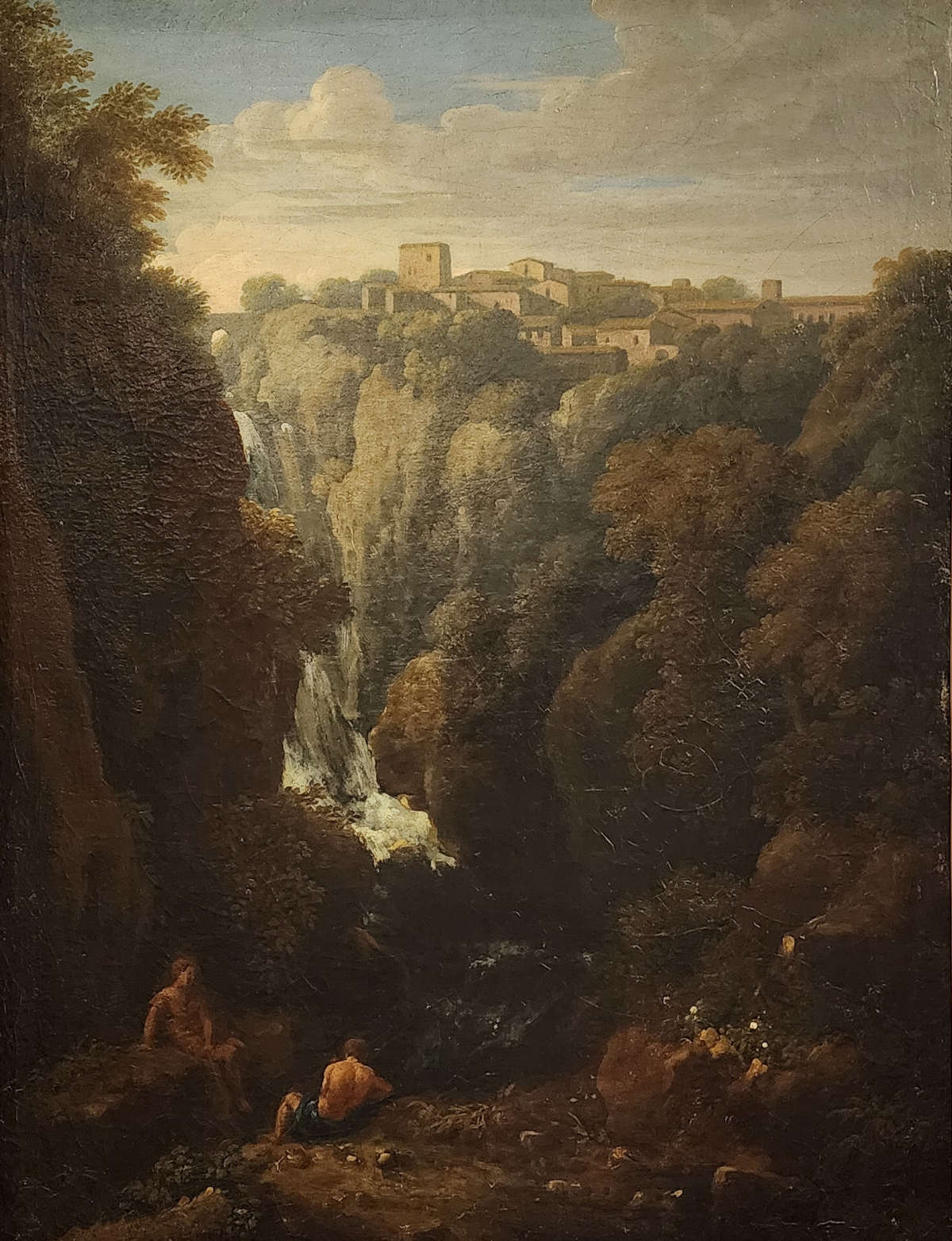
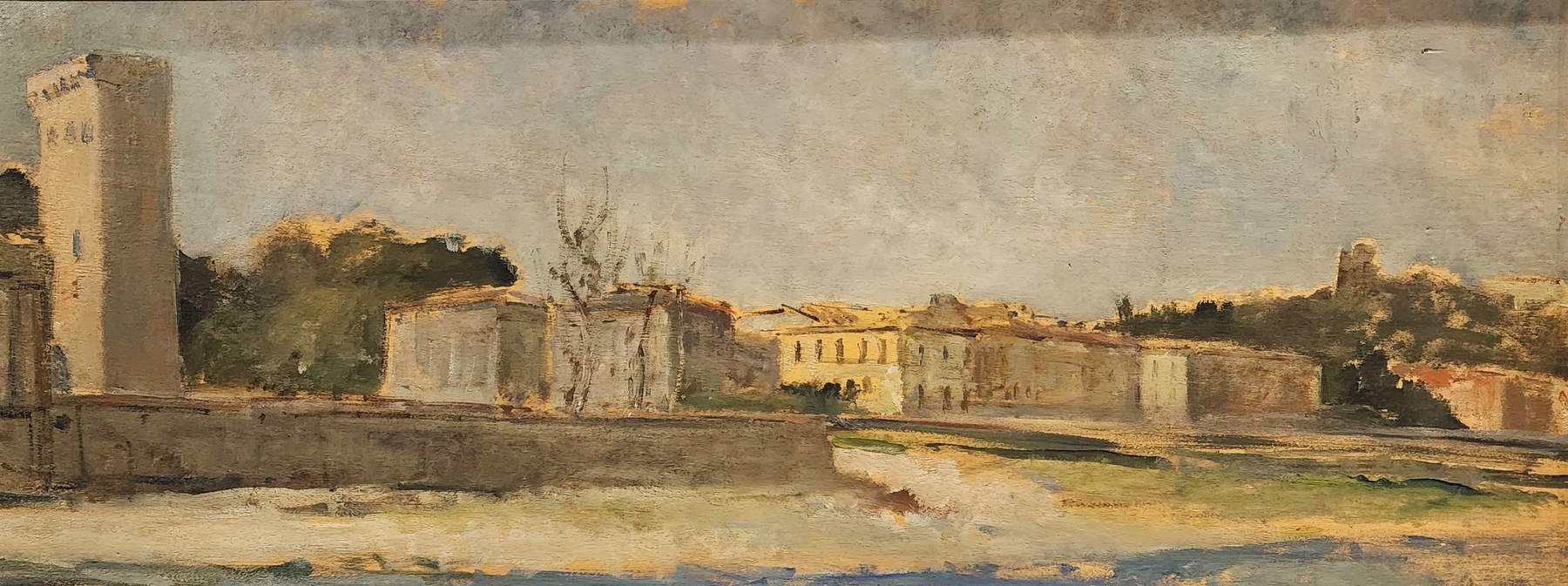
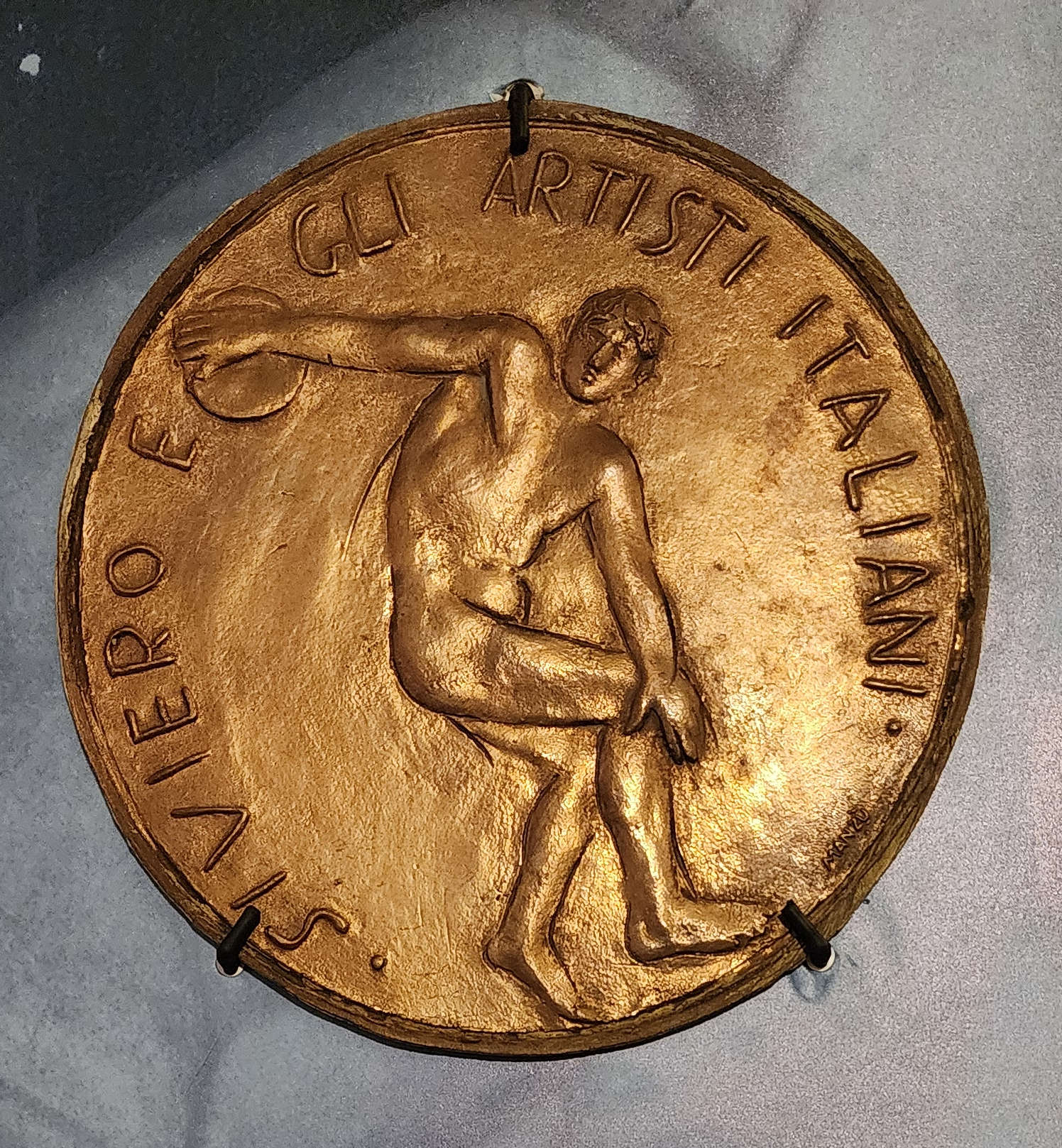
In a final room, alone, was placed a large canvas by Pietro Liberi, Truth Freed from Chains, which was purchased by Siviero in an auction in 1970, which was included almost as a compendium of the official’s activities, a sort ofallegory of that truth, we read in the exhibition, “sought in a life spent entirely in the recovery of the dispersed historical-artistic heritage before, during and after World War II, a truth that was freed ’from the shackles of collapsed time.’” The painting, therefore, seems almost a kind of crowning achievement, a declaration: as if to say that, in spite of everything, his ultimate goal was to lift the shackles of truth. A form of vindication that would certainly fit the bravado of the character, often labeled as “controversial” (this is the adjective that a thousand biographies affix to him) because of his past in the service of fascism, his political ambiguities, and his unscrupulous methods.
The idea of Siviero that the exhibition intends to bring out is, however, of a totally opposite sign from the one that usually dwells in the imagination of those who have heard of him just for his recovery activities in the postwar period. Activities that in fact, as mentioned above, Siviero carried on for years. A myth, that of the “secret agent of art” (to use a tremendous expression but one that so many have used to paste alabel on Rodolfo Siviero) that the exhibition seeks to unhinge, making it unequivocally clear, on the one hand, that the bulk of his action took place after the clandestine period of the conflict, and on the other hand, that his action had a far broader scope than we usually tend to attribute to him. The exhibition credits Siviero, meanwhile, with making the diplomatic case that Germany should return to Italy even those works that had left before the Cassibile armistice (i.e., the term a quo established by the peace treaty signed in Paris in 1947): Argan would later recall that Siviero “availed himself of letters proving that the authorization for the expatriations had always been given by incompetent bodies, such as the head of the government or the foreign minister, and how therefore, unless the arbitrary acts of an authoritarian government were legitimized, they should be considered illegal: By accepting this thesis, the allies implicitly affirmed both the substantive illegality of any authoritarian government and the substantial alienation of cultural heritage from any criteria of political expediency.”). And then he credits him with seeing in the defense of art a political gesture of extreme importance, not for nothing then commemorated with the medals commissioned from Mario Moschi in 1981: “not only the material reconstitution of a violated heritage, but an act of moral redemption, a redemption of the totalitarian past.” The pieces on display between Bibbona and Guardistallo give back, to be sure, the image of a man with disordered collecting appetites, a man who had a very high conception of himself, who saw himself almost as a kind of Renaissance patron, or something like that, but they are also a kind of synthesis of the mission with which he felt invested and which laid the foundations for a new Italy.
Warning: the translation into English of the original Italian article was created using automatic tools. We undertake to review all articles, but we do not guarantee the total absence of inaccuracies in the translation due to the program. You can find the original by clicking on the ITA button. If you find any mistake,please contact us.